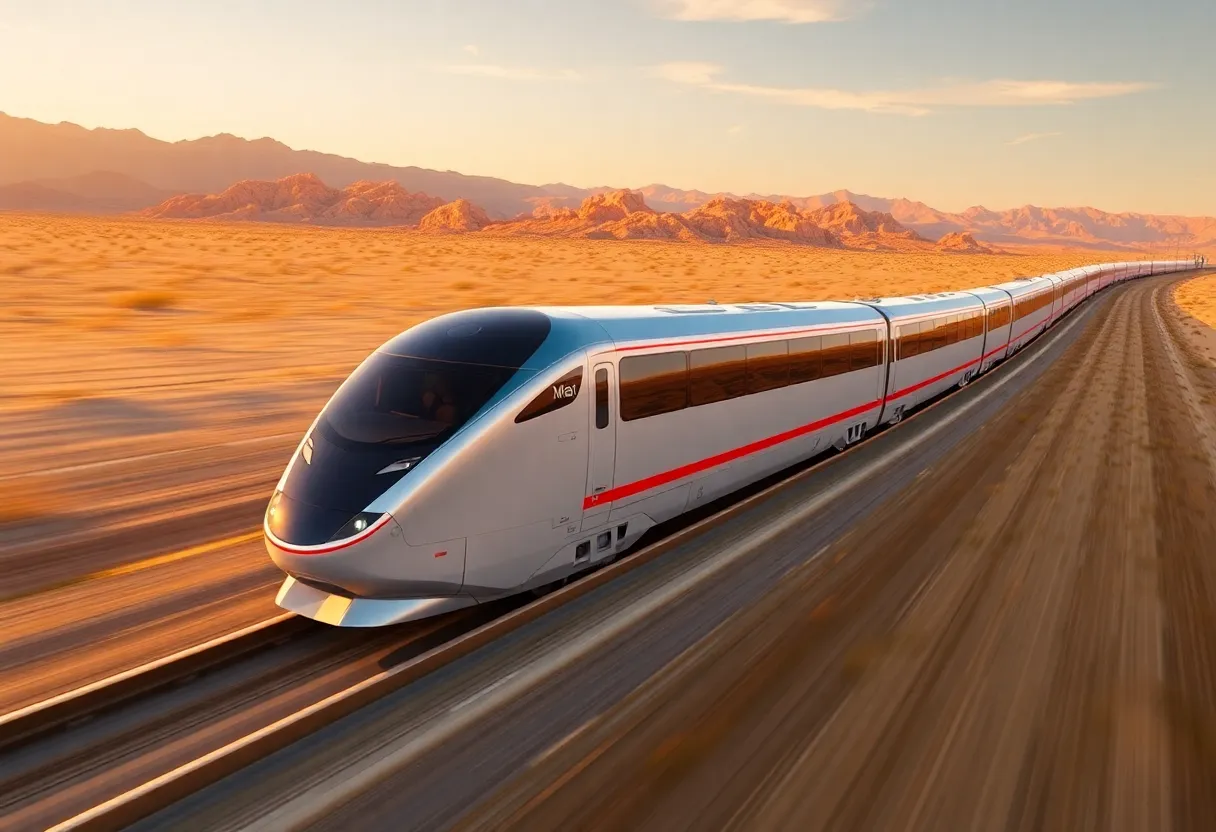Building Through Borders: How Tariffs Are Reshaping Global Construction in 2025
In 2025, the global construction industry is navigating a transformative landscape shaped by escalating tariffs. These trade barriers, implemented by various nations to protect domestic industries, have introduced significant challenges and opportunities. From rising material costs to supply chain disruptions, tariffs are forcing contractors to rethink procurement strategies, contractual frameworks, and financial models. At the same time, innovative adaptations are emerging as contractors employ creative solutions to mitigate risks and thrive in this new reality.
Tariffs as Embedded Cost Variables
Tariffs have introduced a layer of complexity to construction procurement, fundamentally altering how contractors source materials. Key construction inputs like steel, aluminum, and lumber now carry import taxes, driving up costs significantly. For instance, steel tariffs in the U.S. have increased prices by as much as 25% for certain grades, according to industry reports. This cost escalation is particularly challenging for contractors who procure materials later in the project timeline, as they face unpredictable price surges. To manage this, many are shifting toward early procurement and locking in prices with suppliers, though this approach requires greater upfront capital and carries risks of overstocking. Linesight highlights that contractors are also exploring alternative materials, such as recycled steel or composite substitutes, to offset tariff-driven cost increases.
Additionally, the unpredictability of tariff policies complicates budgeting. Contractors are now incorporating tariff exposure into their financial models, using predictive analytics to estimate potential cost increases. This shift has led to more robust risk assessment frameworks, but it also places a premium on accurate forecasting, as miscalculations can erode profit margins. The reliance on global supply chains, once a cost-saving strategy, is now a liability for many firms, prompting a reevaluation of sourcing strategies to prioritize local or tariff-exempt suppliers.
Contractual Implications
The contractual landscape has been significantly altered by tariffs, with new clauses and strategies emerging to address cost volatility. Escalation clauses, which allow for price adjustments based on material cost increases, are now standard in many contracts. However, these clauses are not a panacea; they often lead to disputes over the scope of cost adjustments and the validity of tariff-related claims. Bracewell LLP notes that force majeure claims, traditionally reserved for natural disasters or unforeseen events, are increasingly invoked for tariff-induced delays, though their success varies by jurisdiction.
Contingency planning, historically a buffer for unexpected costs, has proven inadequate in the face of tariff-driven volatility. Many contractors are now negotiating longer preconstruction phases to better assess tariff risks and align contract terms with project realities. This shift has led to more collaborative contract models, such as cost-plus agreements, where owners and contractors share the burden of cost increases. However, prolonged negotiations and disputes over tariff-related costs are straining relationships between project stakeholders, underscoring the need for clearer contractual frameworks.
Real-World Effects on Supply Chains
Tariffs have had profound effects on construction supply chains, disrupting the flow of materials and increasing lead times. The shift toward domestic sourcing, driven by tariff exemptions for local goods, has strained domestic suppliers, leading to shortages of critical materials like cement and drywall. FMI Corp reports that lead times for some materials have doubled, forcing contractors to delay projects or seek alternative suppliers. Customs delays at ports, exacerbated by increased scrutiny of tariffed goods, are further complicating logistics, with some contractors reporting wait times of up to six weeks for imported materials.
To mitigate these disruptions, contractors are stockpiling materials, a strategy that introduces new challenges. Warehousing costs have risen, and the risk of material degradation or obsolescence is a growing concern. Moreover, the global nature of construction supply chains means that even domestic projects are not immune to tariff impacts, as many “local” suppliers rely on imported components. This interconnectedness has prompted contractors to invest in supply chain visibility tools, enabling real-time tracking of materials and better forecasting of delays.
Restructuring for a Tariff-Driven Economy
- Financial Models: Contractors are incorporating tariff exposure into bids, using scenario analysis to account for potential tariff hikes. This approach requires more sophisticated cost estimation tools and often results in higher initial bids, which can affect project competitiveness. CMIC Global emphasizes the importance of dynamic budgeting to adapt to tariff fluctuations.
- Legal Frameworks: Greater reliance on escalation clauses and force majeure provisions is reshaping contract negotiations. These clauses are designed to protect contractors from unforeseen cost increases, but they also complicate project planning, leading to protracted preconstruction negotiations and increased legal scrutiny.
- Supplier Strategies: Contractors are locking in prices early, diversifying their supplier base to include tariff-exempt regions, and increasing inventory management to hedge against supply chain disruptions. These strategies require significant upfront investment but are critical for maintaining project timelines.
Conclusion
The global construction industry in 2025 is at a crossroads, grappling with the challenges of tariffs while seizing opportunities for innovation. By embedding tariff considerations into procurement, contracts, and supply chain strategies, contractors are building resilience in a volatile economic environment. The shift toward domestic sourcing, advanced analytics, and collaborative contracts reflects a broader trend of adaptation, ensuring that the industry can continue to build through borders in a tariff-driven world. As tariffs continue to evolve, the ability to anticipate and respond to these changes will define the success of construction firms in this new era.
Accordion FAQPage
A Deeper Dive
- AGC of America: National trade association advocating for contractors. @AGCofAmerica
- Linesight: Global construction consultancy. @LinesightGlobal
- Bracewell LLP: Law firm on infrastructure and construction. @BracewellLLP
- CMIC Global: Construction management software. @CMICGlobal
- Dodge CN: Construction market intelligence provider. @DodgeCN
- NAHB: Home builders association. @NAHBhome
Author: Construction CA News
The CALIFORNIA STAFF WRITER represents the experienced team at constructioncanews.com, your go-to source for actionable local news and information in California and beyond. Specializing in "news you can use," we cover essential topics like product reviews for personal and business needs, local business directories, politics, real estate trends, neighborhood insights, and state news affecting the area—with deep expertise drawn from years of dedicated reporting and strong community input, including local press releases and business updates. We deliver top reporting on high-value events such as the Rose Parade, Coachella, Comic-Con, and the California State Fair. Our coverage extends to key organizations like the California Building Industry Association and Associated General Contractors of California, plus leading businesses in technology and entertainment that power the local economy such as Apple and Alphabet. As part of the broader network, including constructionnynews.com, constructiontxnews.com, and constructionflnews.com, we provide comprehensive, credible insights into the dynamic landscape across multiple states.




